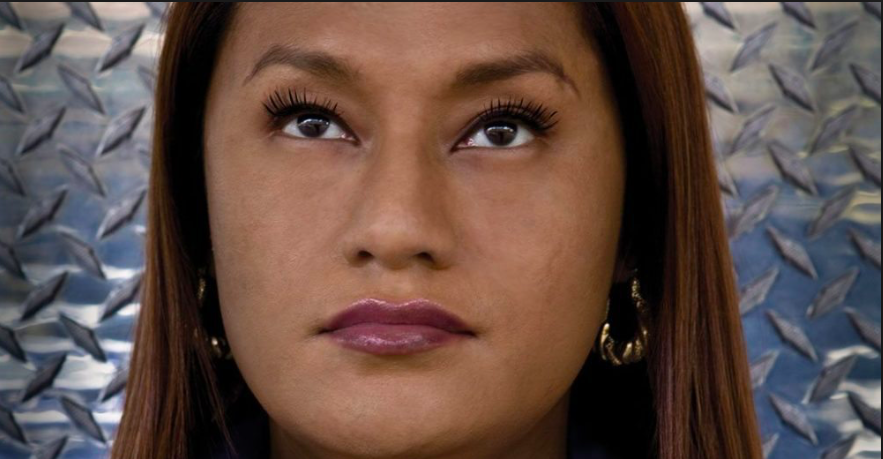By: K. Talaki
Who is Shigeyuki Kihara?
Shigeyuki Kihara or Yuki Kihara, as she is commonly known, is a transgender female who has goals and dreams like everyone else. She has managed to achieve these dreams and goals. Yuki Kihara is a contemporary visual and performance artist who has made a name for herself through her talent, design and photography. Yuki Kihara was born in Samoa in 1975, she migrated to New Zealand in 1989 (Wolf, 2010). Prior to moving to New Zealand she lived in Samoa, Japan and Indonesia (Wolf, 2010). Yuki Kihara has the best of both worlds coming from a mixed heritage family with her mother being of Samoan descent and her father of Japanese descent. Kihara studied Fashion Design and Technology at Massey University, after finishing her studies she worked as a fashion stylist. Yuki Kihara likes to identify herself as a Samoan fa’afafine. Her work has always impressed people and she has made art in a variety of forms from photography to performance. She has built an impressive catalogue of work which she uses to represent herself; Kihara allows herself to critique different aspects of life using art to showcase her critique on gender roles, misrepresentation, the past, the present and much more.
Yuki Kihara has proven that she is one of New Zealand’s and the Pacific’s most interesting artists building her resume with impressive projects and beautiful work. Yuki Kihara’s work first came to notice in 2001, where twenty eight of her t-shirt designs were portrayed at Te Papa Tongarewa/The Museum of New Zealand (Wolf, 2010). There were concerns made about possible plagiarism of designs which ended up with three of her t-shirts removed from the collection. Despite this minor set-back, this did not stop Kihara from doing what she loved. She continued to grow in her artistic abilities and her reputation started to embed itself into the New Zealand scene initially through her photography series (Wolf, 2010). Many of Kihara’s work is based on events and experiences that have occurred during different times in her life. Kihara’s work has allowed her to participate in events that she never thought she would participate in. Her work has also allowed her to travel around the world and host both solo and group exhibitions. When Kihara is not travelling, people flying from all over the world to New Zealand to meet her and witness her creations in person. Kihara is humble about this and finds it interesting that people come to her to experience and critique her work; something she thought only happened to “dead people” (Kihara, 2014).
Kihara embraces her identity as a transgender female or fa’afafine. According to Wolf (2010), Kihara believes that being a fa’afafine allows her to have a combination of experiences of being both male and female. This allows people like herself to exist within the Samoan culture, living in the va or the space between male and female. As Kihara is a part of the western society here in New Zealand, her gender and sexuality has been constantly challenged by others. However, Yuki’s work Fa’afafine; In a manner of a Woman fights back and stands up to the persistence of western rules and the colonial Pacific values that still stand today (Wolf, 2010).
Bibliography
Kihara, Shigeyuki. (2014). “Reflections.” Art Asia Pacific Almanac, 9(1), 204-205. https://search-informit-com au.ezproxy.auckland.ac.nz/fullText;dn=947527984372056;res=IELHSS
Wolf, Erika. (2010). Shigeyuki Kihara’s Fa’afafine: In a Manner of a Woman: The Photographic Theatre of Cross-Cultural Encounter. Pacific Arts, 10(2), 23-33.
